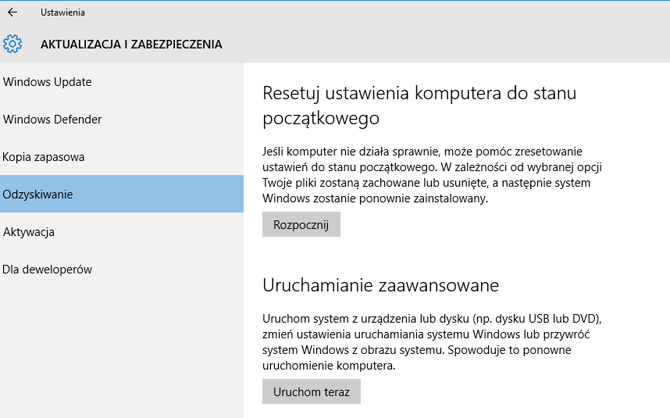

That's what will almost certainly happen to Windows 10.

Customers were expected to upgrade to the newer version. (Operating systems make poor examples here as until Windows 10, Microsoft developed once and released, rarely to bother developing anew.) When Microsoft launched a new Internet Explorer (IE), for instance, it would continue to patch the prior version(s), but it would not keep adding features to the old, now-sad-sack edition. When it deprecates a product, Microsoft typically ends development on that product. Frankly, that would go against the company's grain. Hello, Windows 7!īut that's not what Computerworld expects Microsoft to do. If it did so, the final Enterprise/Education upgrade would be 23H1, the last Home/Pro upgrade 24H1, both which would end support in the fall of 2025. Nor is there anything stopping Microsoft from continuing to issue upgrades, even if those upgrades offer only a handful (or less) of new functionalities or features, to close that support gap. If it doesn't want to release feature updates after this year's 21H2 all it has to do is move the support deadlines for the various SKUs to October 2025. Of course, Microsoft can do that with a few strokes on a keyboard. The 18-month (Enterprise) or 30-month (Home & Pro) shortfalls will have to be made up somehow. Windows 10 21H2 Home and 21H2 Pro will run through their support by May 2023. Windows 10 21H2 Enterprise will, barring any changes to 10's support policies, retire sometime in May 2024. It will have to do something because the remaining support due customers extends beyond the support provided by any released or announced upgrades. Will it limit updates to the monthly security fixes? Will any new features appear in future updates after 21H2? We don't know. Windows 10 21H2 will share attributes of the last two second-half-of-the-year updates Microsoft has issued, in that it will include few new features or functionalities, so few that it will be serviced using the monthly update mechanisms rather than require a full OS replacement.īeyond these indicators of continuity, Microsoft has been close-mouthed about how it will service Windows 10 for the next four years. The company also told customers that Windows 10 will continue to receive support until October 2025. "We will continue to support you as you use Windows 10," wrote Wangui McKelvey, general manager, Microsoft 365, in a June 24 post to a company blog. When it introduced Windows 11 in June, Microsoft made a point to tell customers it would still release a Windows 10 feature upgrade - labeled 21H2 - this fall.


 0 kommentar(er)
0 kommentar(er)
